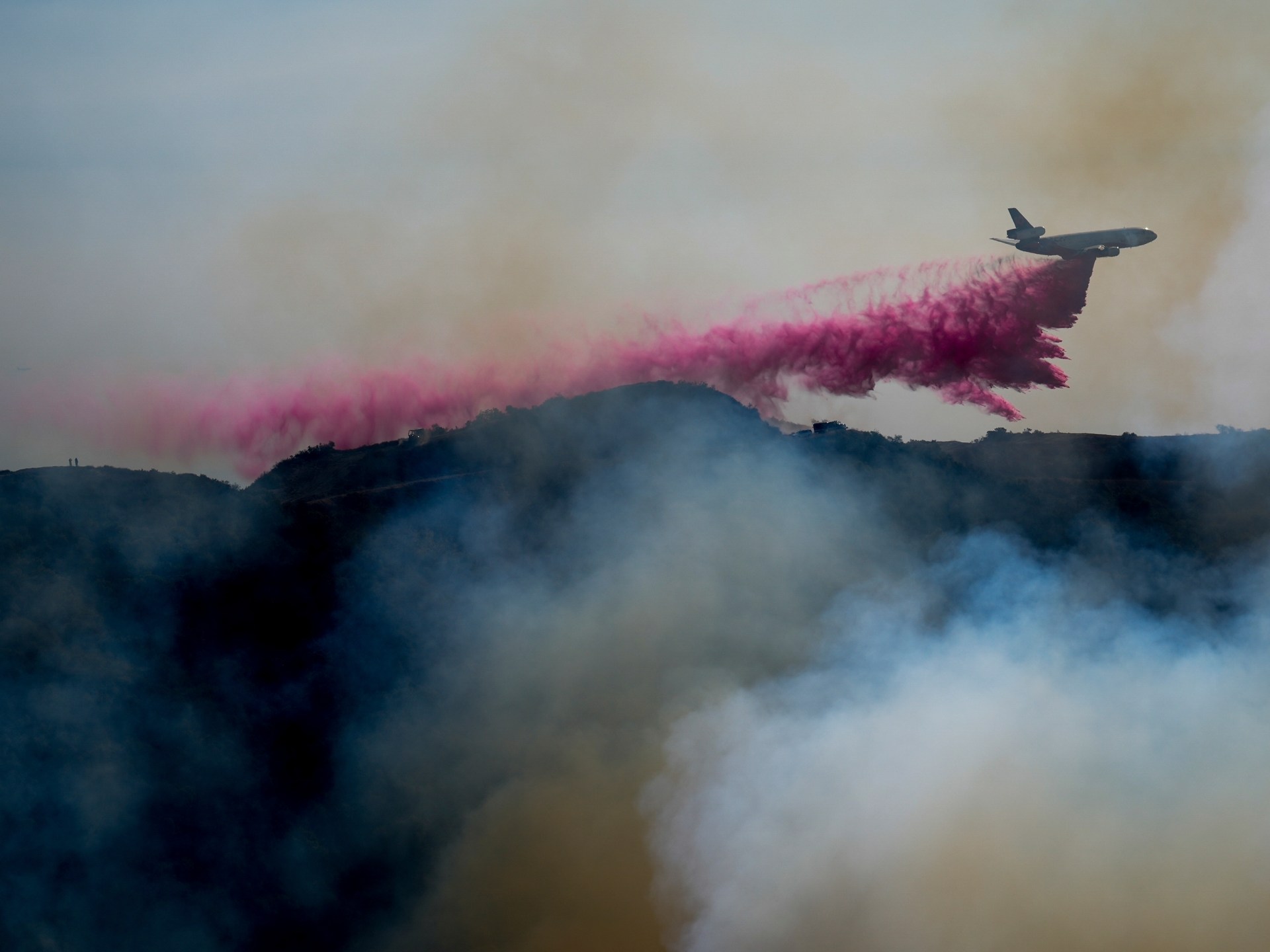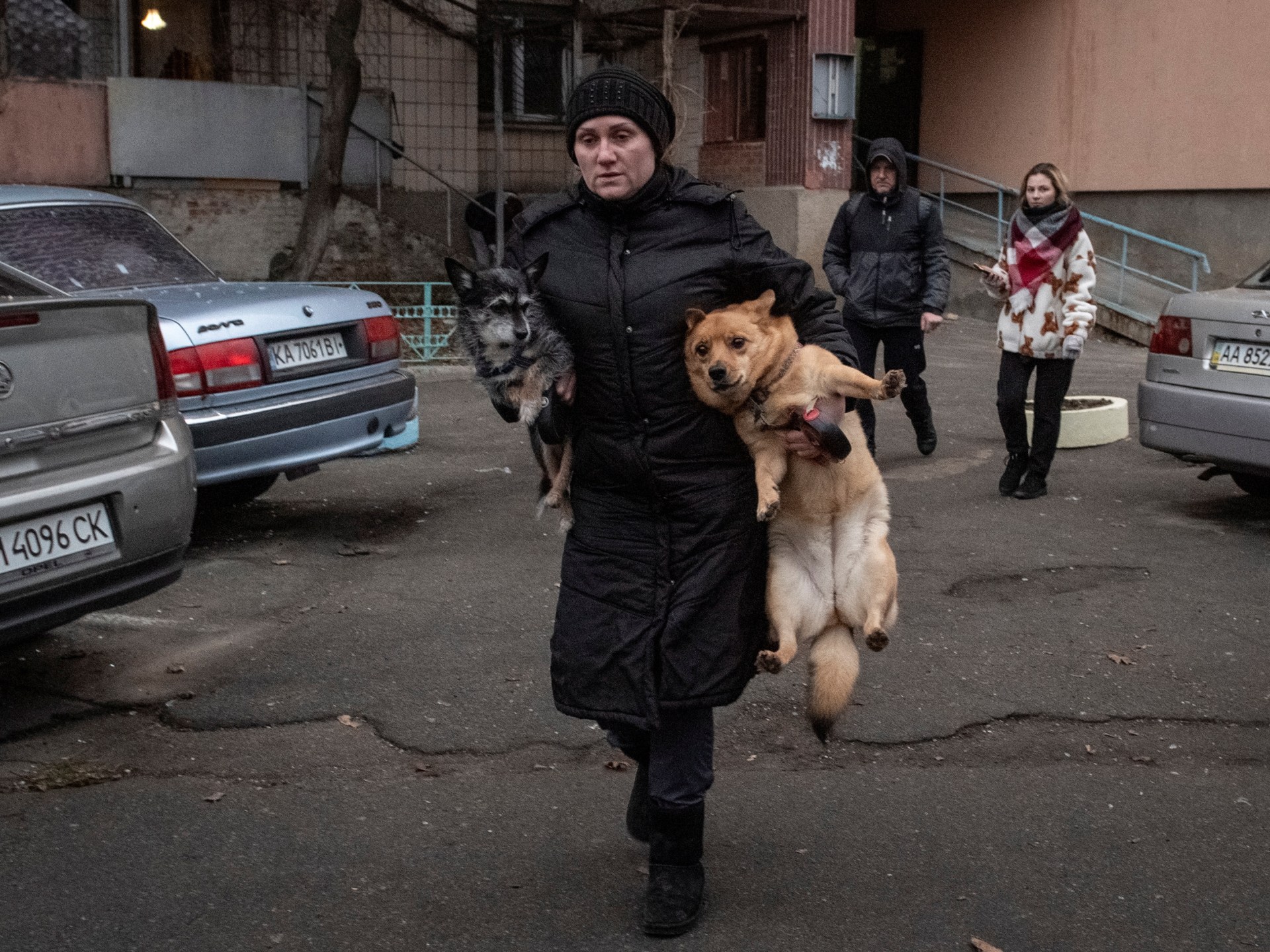

United States President-elect Donald Trump and his team plan to hit the ground running as soon as he is sworn in on Monday, with plans to sign a number of executive orders.
Ending the war in Ukraine is among their top priorities.
list 1 of 4
‘Make Russia Small Again’: Ukraine on edge as Trump heads to White House
list 2 of 4
What has the UK promised Ukraine in Starmer’s 100-year deal?
list 3 of 4
Biden’s Ukraine disaster was decades in the making
list 4 of 4
Which foreign leaders are attending Trump’s inauguration – and who isn’t?
end of list
Trump’s special envoy to Ukraine, retired US General Keith Kellogg, told Fox News on January 8, “I would like to set a goal on a personal level, professional level, I would say let’s set it at 100 days.”
As optimistic as that sounds for a war that will reach its third anniversary next month, 100 days represents a step back from an even more optimistic timetable. In May 2023, Trump said the conflict would be “absolutely over” within “24 hours” of him officially becoming president.
Asked how he will end the Ukraine war at a news conference at his Mar-a-Lago estate in Florida in the US on January 7, Trump pulled away from his statement on the campaign trail that he would do it in 24 hours, calling the negotiation “a tough one”.
What are Trump’s red lines?
Trump’s haste has unnerved Ukraine.
Advertisement
Asked “Do you want Ukraine to win this war?” during his one campaign debate with US Vice President Kamala Harris, Trump answered, “I want the war to stop. I want to save lives.”
Russia, on the other hand, has welcomed Trump’s expeditiousness.
The day after Trump’s news conference, Russian President Vladimir Putin’s aide, Nikolai Patrushev, said a Ukraine settlement should be reached by the US and Russia, without Ukraine and without the European Union.
Kyiv and Moscow have expressed incompatible terms for a ceasefire.
Kyiv demands a full withdrawal of Russian troops from its territory and immediate NATO membership. Moscow says there is no question of returning any land it occupies, and wants Ukraine written out of NATO.
Trump and his team have offered no details of what a deal might look like, but he suggested he was willing to accommodate Russia’s view that Ukraine’s right to self-determination could be put aside in favour of bigger interests.
In Mar-a-Lago, he said: “Russia has someone right on their doorstep and I can understand their feeling about that.”
Before the war started, “the deal [with Russia] could have been made by just an average dealmaker”, said Trump, suggesting he would have readily agreed to keep Ukraine out of NATO, and perhaps made other concessions outgoing US President Joe Biden found unpalatable.
Kellogg has said Trump is “not trying to give something to Putin or to the Russians … He’s actually trying to save Ukraine and save their sovereignty.”
Who is winning the war?
Since September 2022, when Ukraine reclaimed large swaths of its territory, the war has largely been deadlocked.
Advertisement
Ukraine took back some square kilometres of territory in a counteroffensive in 2023, but failed to break Russian lines. Russia went back on the offensive last year, taking 0.69 percent of Ukrainian territory in slow, grinding advances that Ukraine says cost Moscow 430,000 casualties.

Russia claimed to have seized two more Ukrainian villages on Monday, Novoiehorivka in Luhansk and Shevchenko in Donetsk. It also made some advances against Ukrainian positions in its own region of Kursk, after a Ukrainian surprise attack expanded its counter-invasion there in the first week of the year.
As the war remains largely static on the ground, experts have told Al Jazeera that control of airspace and sustainable war finances are more likely to determine who wins.
Ukraine has recently sounded confident about its ability to continue to withstand Russian attacks while inflicting staggering losses that it believes will wear the Russian army out, lead to a loss of political support for the war in Russia, or outstrip Putin’s ability to help Russia’s economy recover.
This year, Ukraine plans to produce record quantities of its own weapons, bypassing limitations on the use of Western missiles, and creating a $30bn defence industry. In the past few weeks, its campaign of strategic interdiction in Russia has hit oil refineries and depots, weapons storages and chemical facilities crucial to Russia’s war effort.
Russia’s defence spending has led to high inflation and a 21 percent central bank interest rate some analysts believe point to financial difficulties ahead for Putin.
Advertisement
“Moscow now faces a dilemma: the longer it puts off a ceasefire, the greater the risk that credit events – such as corporate and bank bailouts – uncontrollably arise and weaken Moscow’s negotiating leverage,” says Harvard University economist Craig Kennedy.
On the campaign trail, Trump said he planned to contact Putin directly to broker peace.
“President Putin has consistently stated his openness to engagement with international leaders, including the US president, including Donald Trump,” Kremlin spokesman Dmitry Peskov said on January 10.
He said no date had been set for a meeting. CNN has reported that the call could take place within days.

Related News
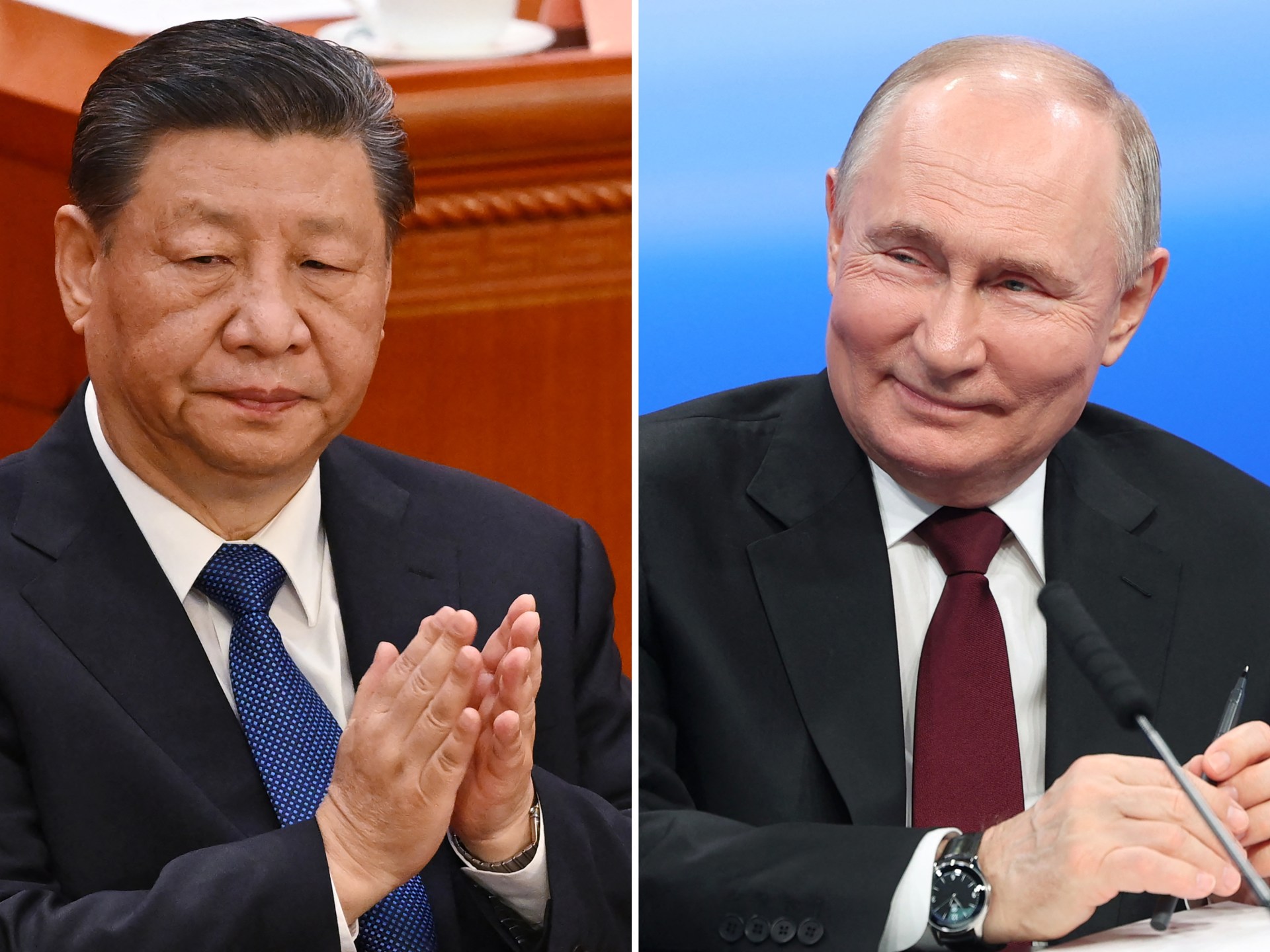
China’s Xi highlights ‘world peace’ in New Year’s message to Russia’s Putin
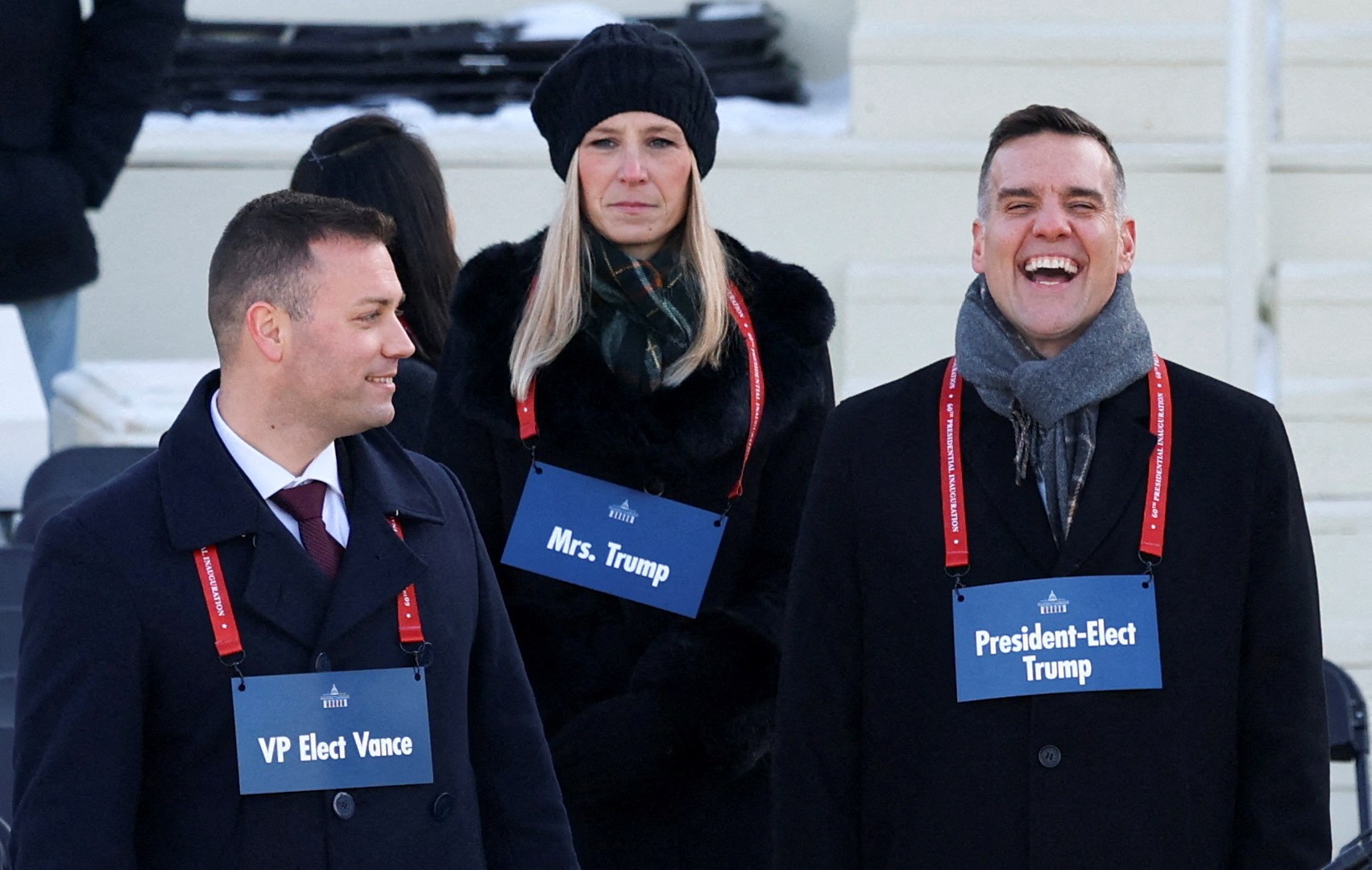
Photos: Donald Trump’s inauguration rehearsal
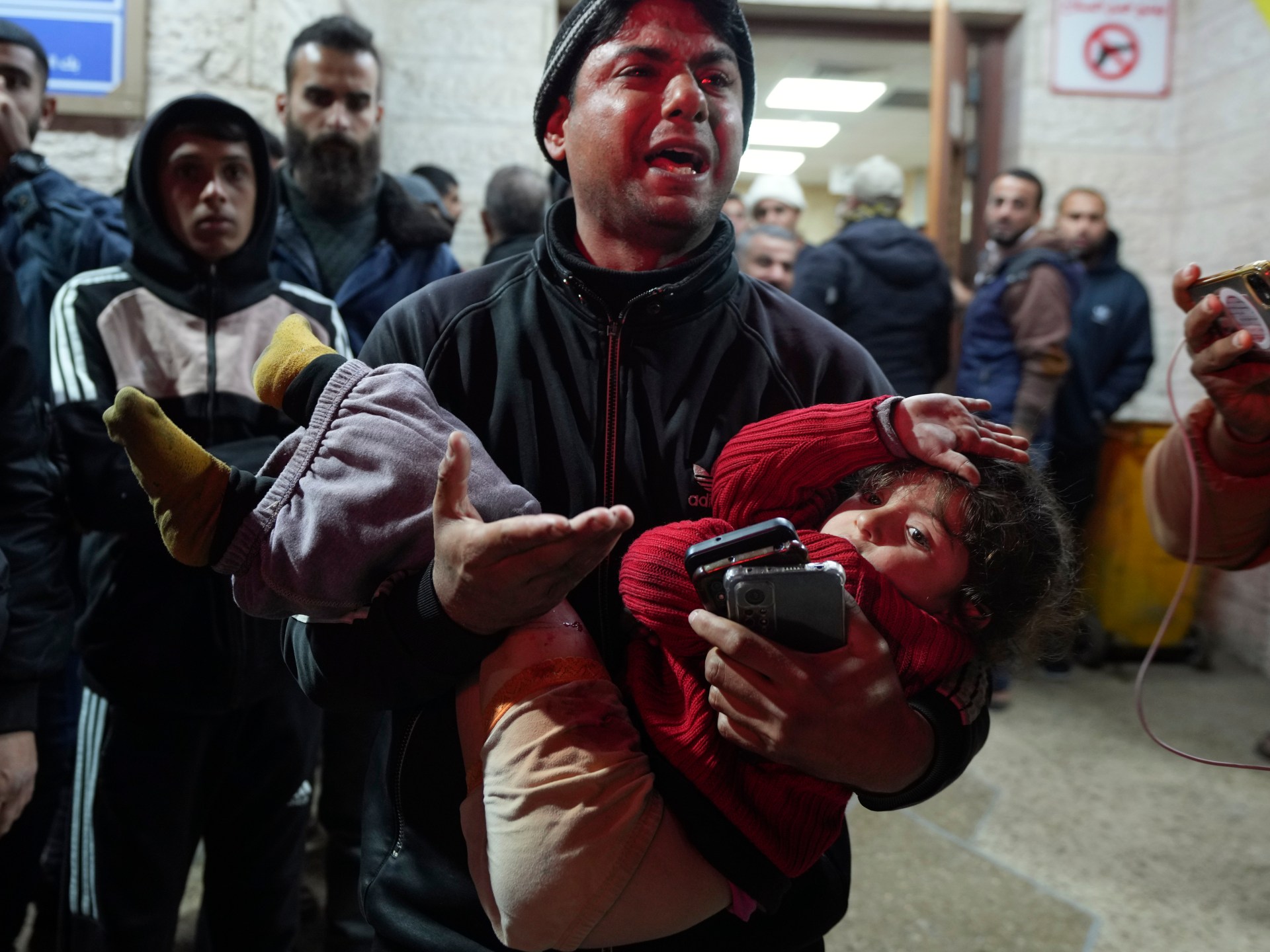
Israel kills 66 Palestinians across Gaza as US proposes $8bn arms sale
